G1 Climbing + Fitness
8845 West 116th Circle
Broomfield, Colorado, 80021

Opening Hours
Mondays-Fridays: 6am-10pm
Saturdays & Sundays: 8am-8pm
Holiday Hours
Closed at 4pm: Christmas Eve and New Years Eve
Closed: New Years Day, Memorial Day, July 4th, Labor Day, Thanksgiving Day, and Christmas Day
Join Our Community Newsletter
Jobs
We love climbing. More than that, we love sharing our love for climbing through stories, shared experiences, and mutual stoke. Interested in joining our team? Click here to apply now!
